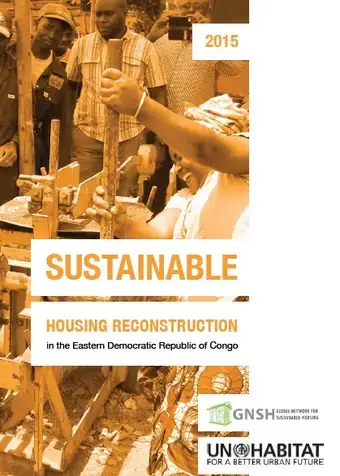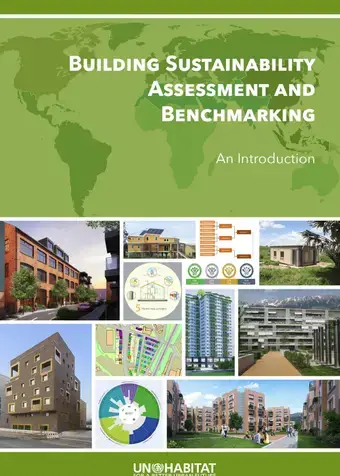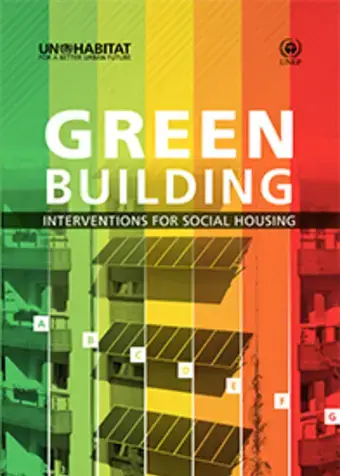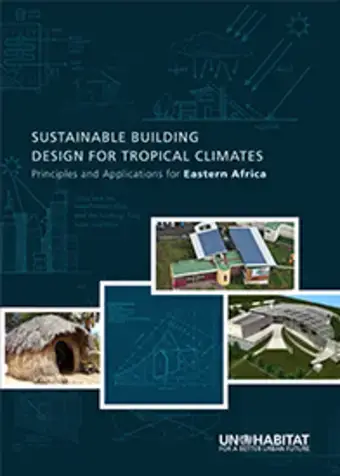
Riobamba, Ecuador, 9 August 2016—Just a week before the Third United Nations Conference on Housing and Human Settlements, Habitat III kicks off in Quito, a landmark meeting will be held in Riobamba city, setting the stage for sustainable construction.





 Bamboo has long been used as a traditional building material, and is achieving increasing popularity due to its potential for environmental sustainability. As a construction material, bamboo has similar properties as timber and often uses analogous techniques of structural framing, though the suitability of bamboo for construction is largely dependent on the species.
Bamboo has long been used as a traditional building material, and is achieving increasing popularity due to its potential for environmental sustainability. As a construction material, bamboo has similar properties as timber and often uses analogous techniques of structural framing, though the suitability of bamboo for construction is largely dependent on the species. Concrete is the most used man-made material in the world with twice as much concrete used in construction than wood, steel, plastic and aluminum combined. Although concrete has acquired a negative image due to environmental impacts that occur at various stages of its production, sustainable use of concrete is possible by using alternative stablizers and construction techniques and restricting usage to certain building parts.
Concrete is the most used man-made material in the world with twice as much concrete used in construction than wood, steel, plastic and aluminum combined. Although concrete has acquired a negative image due to environmental impacts that occur at various stages of its production, sustainable use of concrete is possible by using alternative stablizers and construction techniques and restricting usage to certain building parts.